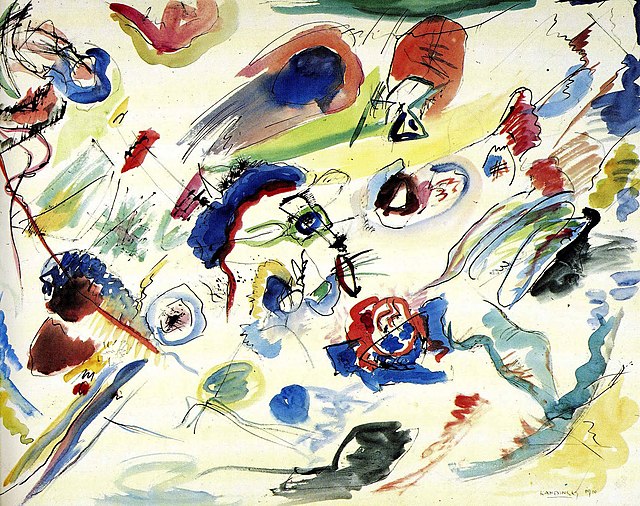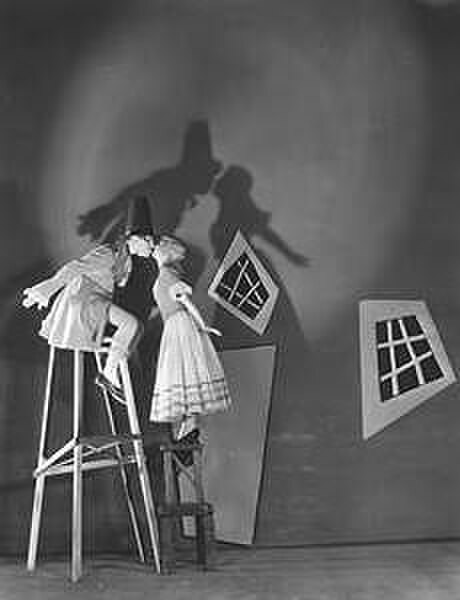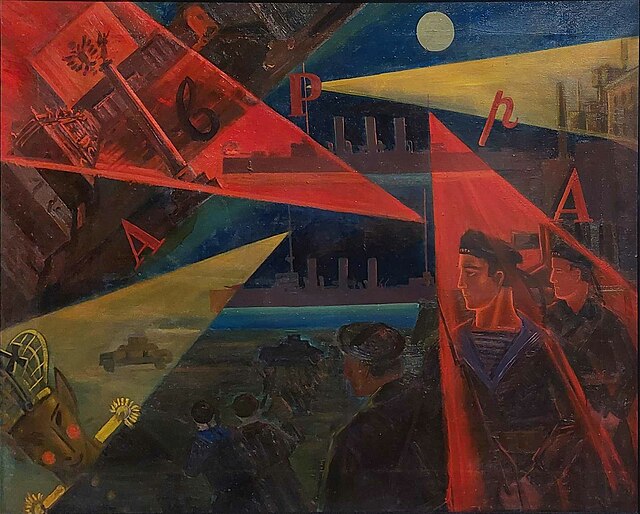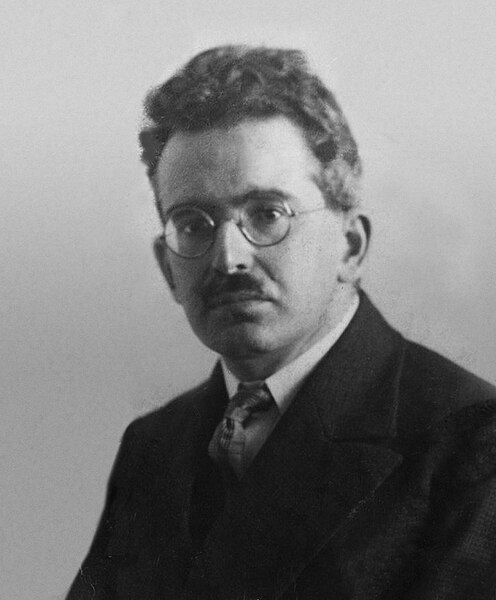The Russian avant-garde was a large, influential wave of avant-garde modern art that flourished in the Russian Empire and the Soviet Union, approximately from 1890 to 1930—although some have placed its beginning as early as 1850 and its end as late as 1960. The term covers many separate, but inextricably related, art movements that flourished at the time; including Suprematism, Constructivism, Russian Futurism, Cubo-Futurism, Zaum, Imaginism, and Neo-primitivism. In Ukraine, many of the artists who were born, grew up or were active in what is now Belarus and Ukraine, are also classified in the Ukrainian avant-garde.
Abstract art. Vasily Kandinsky, Kandinsky's first abstract watercolor (Study for Composition VII, Première abstraction), painted in 1913
Russian Futurism. Natalia Goncharova, Cyclist, 1913
Rayonism. Mikhail Larionov, The Glass, 1912
Suprematism. Kazimir Malevich, Black Square, 1915
In the arts and in literature, the term avant-garde identifies an experimental genre, or work of art, and the artist who created it; which usually is aesthetically innovative, whilst initially being ideologically unacceptable to the artistic establishment of the time. The military metaphor of an advance guard identifies the artists and writers whose innovations in style, form, and subject-matter challenge the artistic and aesthetic validity of the established forms of art and the literary traditions of their time; thus, the artists who created the anti-novel and Surrealism were ahead of their times.
Avant-garde cinema: The Love of Zero (1928), a short film directed by the artist Robert Florey.
Political revolution has influenced both the topic and form in The Overthrow of the Autocracy, a Soviet avant-garde painting.
The cultural provocation of avant-garde art: Fountain (1917) by Marcel Duchamp. (Alfred Stieglitz)
In "The Work of Art in the Age of Mechanical Reproduction" (1935), Walter Benjamin addresses the artistic and cultural, social, economic, and political functions of art in a capitalist society.








